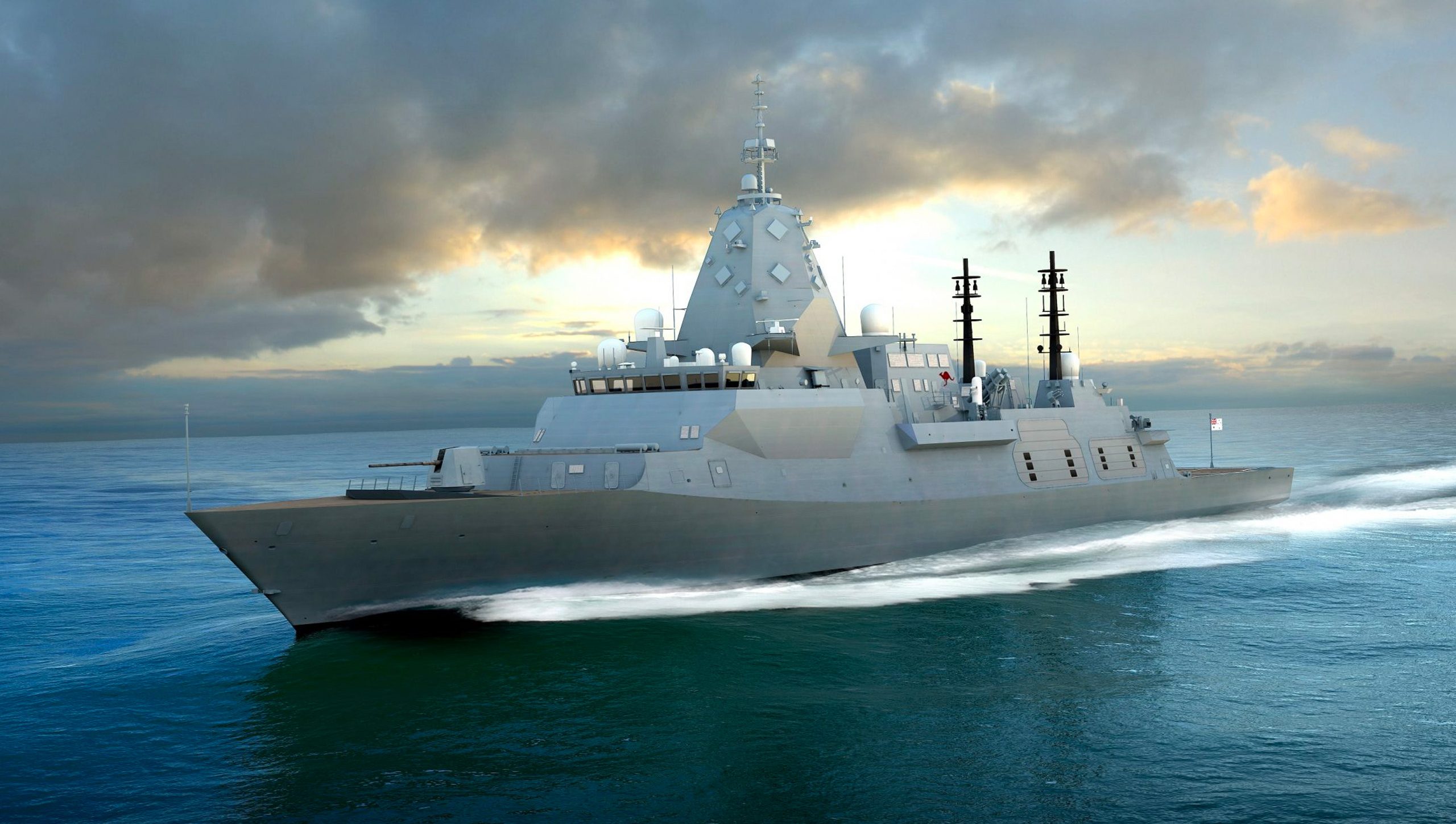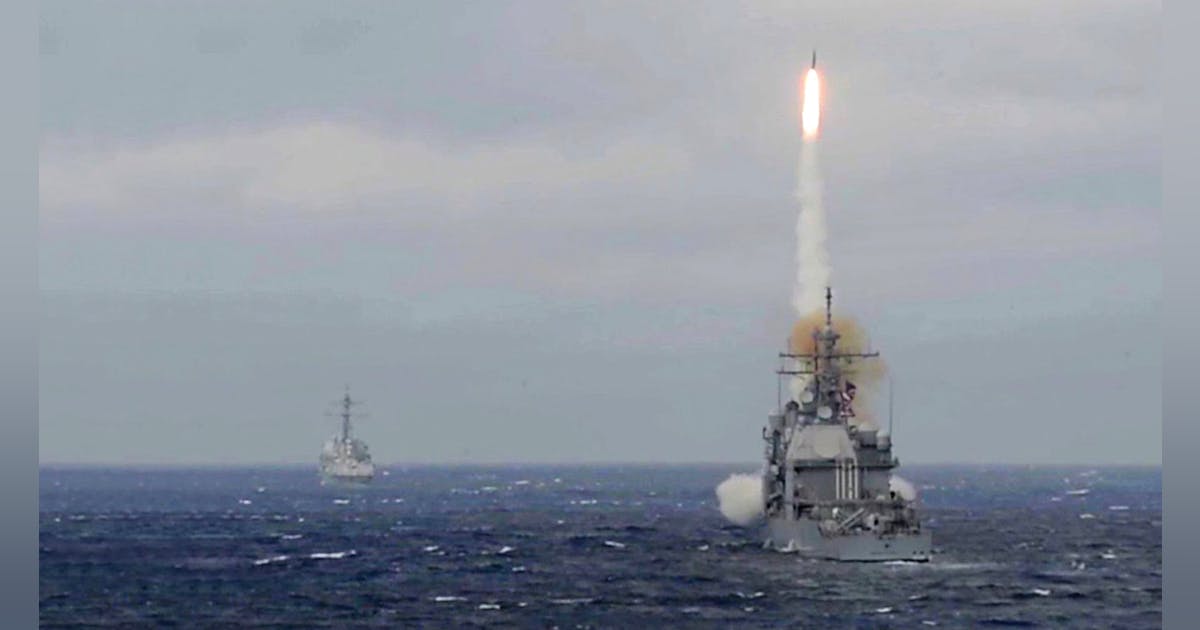Whilst I understand that NGS is very nice indeed to have when your storming the beaches, as noted on this forum many times in the past, D-Day style landings are not in our CONOPS, and the demand for NGS is possibly pretty low compared to other competing requirements. So why are we dedicating so much space and weight to it?
I suspect that part of the reason the USN is adopting the 57mm main gun is the smart ammo being developed for it, particularly Mad-Fires, which would essentially provide a Phalanx replacement with significantly longer reach and a much deeper magazine, without requiring a dedicated system occupying precious real estate.
The last online information I can find on Mad Fires is here (
DARPA contracts Raytheon for third phase of MAD FIRES program development) which suggests that development is still ongoing...unclear when an operation system would be available.
Alamo guided anti ship rounds (FACs etc) are also being developed, but less recent news on that program.
If these guided rounds become operational, the 57mm becomes a very attractive option as a CIWS (against both missiles and small boats) and far superior to the soon-to-be antique Phalanx, and also allows space and weight to be allocated to other things...ie potentially additional VLS.
Worth considering?



